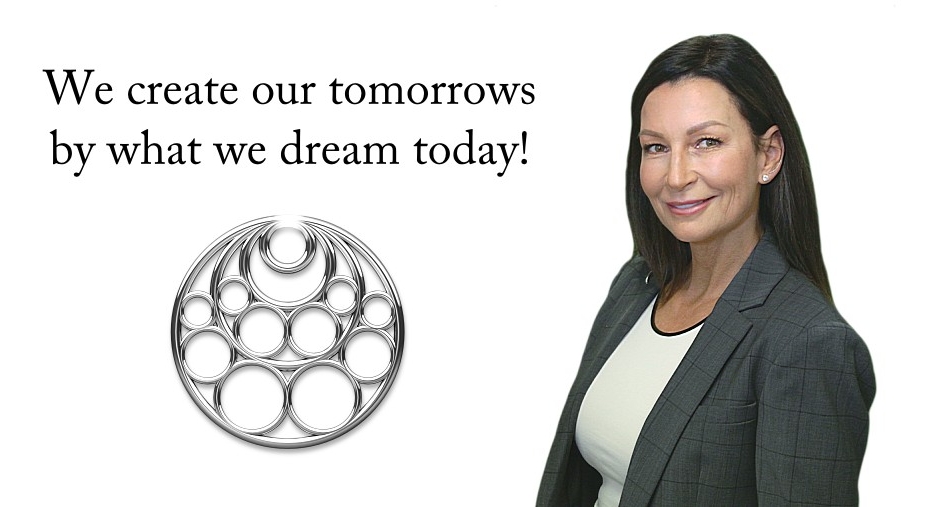
I’d like to talk about a topic that doesn't get enough attention despite its ability to have a significant impact on our financial lives – using Qualified Charitable Distributions to stop paying unnecessary taxes AND give back! QCDs are a smart and strategic way to help you save money on taxes while supporting the causes you care about.
Sounds powerful, right? It is! And yet, many people are not aware of this incredibly effective tool or how it works. So, I'm excited to share with you some insights and practical tips on how you can use QCDs to transform your retirement plan, maximize your tax savings, and support the causes you care about.
We have SO many acronyms in the financial services industry—I’ve joked that it’s like alphabet soup. Today though, we’re going to focus on two acronyms at the top of the list: RMDs and QCDs.
RMDs, or Required Minimum Distributions, are a mandatory withdrawal of funds from retirement accounts that are taxable. Historically, those at and over the age of 70.5 (now 72) must take these withdrawals from their tax deferred accounts, such as traditional IRAs, SEPs, and 401(k)s.
The recently passed SECURE Act changed the starting age for these distributions to 72, from 70 ½. If you think about, this change makes sense because our population is aging and people are working longer. Having to take a mandatory distribution can have negative tax consequences, so RMD rules and regulations affect people’s retirement decisions every day.
So why do RMD’s even exist? In my opinion, the reason is simple: it creates tax revenue for the government.
Which brings me to the point of today’s show and the 2nd acronym I want to cover: QCDs. A Qualified Charitable Distribution is to a qualified charity, which can be used to satisfy the account owner's required minimum distribution (RMD) for the year, making this a tax reduction strategy worth considering!
QCDs may be of interest to individuals who are charitably inclined, and have required minimum distributions to satisfy. You have to be 70 1/2 years or older, and can donate up to $100,000 per year directly from your traditional IRA (Ha! there’s another acronym) to a qualified charitable organization, without having to count the distribution as taxable income.
This can be such a valuable tool for people who are subject to RMDs and who also want to support charitable causes. By using a QCD, they can satisfy their RMD requirements while also making a TAX-FREE charitable donation. Although many of my clients do live on their RMDs, many others do not, yet they are still required to make that withdrawal every year, which then becomes part of their taxable income. Having the ability to avoid paying tax on something you didn’t want to take in the first place, can be very beneficial, and just makes financial sense.
How to Calculate Your RMD and Determine if a QCD is Right for You
For example, if your account balance on December 31, 2022, was $500,000 and your life expectancy factor for the year is 27.4, your RMD would be $18,248. ($500,000 ÷ 27.4).
If you’re eligible for QCDs, you may consider using this option to satisfy all, or a portion of your RMD. Again, doing so can help you reduce your taxable income by avoiding taxes on the distribution, then potentially lowering your Medicare premiums and taxes paid on your Social Security benefits.
In addition to helping individuals meet their philanthropic goals, while reducing current taxes, QCDs can potentially reduce their estate tax liability. By reducing the size of their IRA through charitable giving, individuals may be able to minimize the amount of assets subject to estate tax upon their passing. So, the benefits can be both short and long-term.
I should mention that in addition to the age requirement and amount limitation for QCDs, there are also specific rules regarding eligible charities.


1910 St. Joe Center Rd, Unit 45
Fort Wayne, IN 46825
marsha@unifiedwealthplanning.com
HOURS: M-F 8:30am-5:00pm

OUR COMMITMENT TO YOU
Marsha's goal is to help you formulate a customized plan that will help you achive your unique retirement vision.
Learn how by checking out Marsha's Podcast!
Investment advisory services offered through Brookstone Capital Management, LLC (BCM), a registered investment advisor. BCM and Unified Wealth™ and Retirement Planning are independent of each other. Insurance products and services are not offered through BCM but are offered and sold through individually licensed and appointed agents. The content of this website is provided for informational purposes only and is not a solicitation or recommendation of any investment strategy. Investments and/or investment strategies involve risk including the possible loss of principal. There is no assurance that any investment strategy will achieve its objectives. Marsha Harris and/or Unified Wealth™ and Retirement Planning are not affiliated with or endorsed by the Social Security Administration or any other government agency. Information provided is not intended as tax or legal advice, and should not be relied on as such. You are encouraged to seek tax or legal advice from an independent professional.
Fiduciary duty extends solely to investment advisory advice and does not extend to other activities such as insurance or broker dealer services. Advisory clients are charged a monthly fee for assets under management while insurance products pay a commission, which may result in a conflict of interest regarding compensation.
Copyright 2023 Unified Wealth™ & Retirement Planning LLC | All Rights Reserved | Powered by Premier Media Design, Inc.